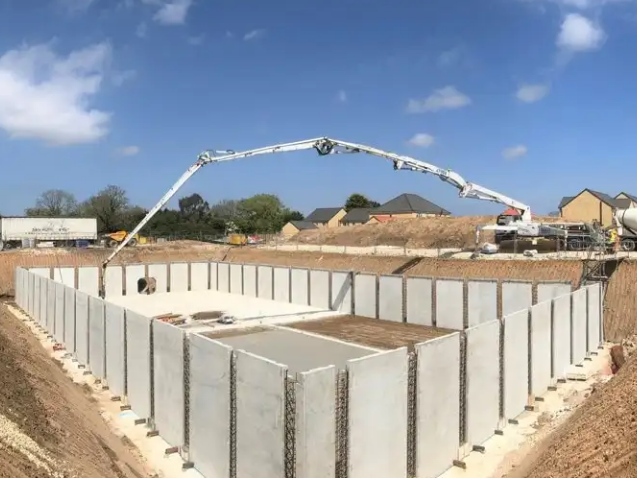Manage Stormwater Runoff to Prevent Flooding and Water Pollution
We all love rain and its musty
smell as there is something very soothing about it. But heavy rainfall can be a
problem for urban areas because it might cause waterlogging. In a natural
setting, rainwater is absorbed by the soil and is drained away through natural
waterways. But in cities, due to the scarcity of pervious surfaces, the natural
rainwater management system does not work properly. Therefore, all the millions
of gallons of water that tumble onto the ground do not find a way to reach the
nearby water bodies and recharge the water table. While the urban stormwater
management network tries to prevent waterlogging by diverting the stormwater
runoff from the source area to the nearby water bodies, this system fails in
case of heavy rainfall. Another problem with the urban stormwater management
system is that it does not check the flow of dirt and pollutants which causes
water pollution. After all, the runoff is incredibly good at picking up
whatever comes into its way.
To prevent all the problems
caused due to excess stormwater runoff in urban areas, it is pertinent to
install stormwater attenuation systems in both residential and commercial
complexes. Along with this, it is important to implement green infrastructure
practices, such as absorbent gardens, vegetated rooftops, roadside plantings,
and bioswales. Let’s find out how each of these techniques works.
1) Stormwater attenuation
system- The stormwater attenuation system hinges on the ability of storing
the stormwater falling on the impervious surfaces into a stormwater
attenuation tank. Once water is stored in this tank, it is allowed to rest
for some time so that the heavy dirt particles and impurities settle down.
After this, the water stored in this tank can be diverted to the main drainage
system at a moderate rate. This simple process is helpful in preventing
waterlogging.
2) Green infrastructure
practices- Implementing GI practices like rain gardens and bioswales help
in preventing waterlogging by allowing more rainwater to be absorbed by the
soil. The soil acts as an excellent water filter, thereby preventing water
pollution and facilitating groundwater recharging. Soil and green plants
capture the nutrients, pesticides, and fertilizers from the runoff water,
thereby mitigating the negative effects on the ecosystem causes due to polluted
water.
Stormwater runoff has been a
problem for decades. But thankfully, now we have some great strategies for
curbing its negative effects. For best results, both stormwater attenuation
systems and green infrastructure practices should be used simultaneously.



Comments
Post a Comment